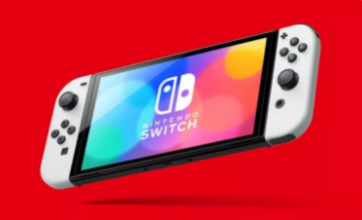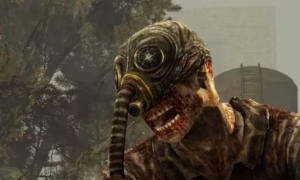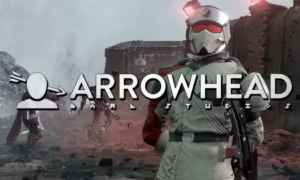Nintendo buys land in Kyoto to build a new centre for development
Since its inception, Nintendo is based in Kyoto. The company now plans to expand its Kyoto offices by purchasing land that was previously owned in Kyoto. This land was used in the past as a Foundation Support Factory and Disaster Prevention Centre. Nintendo rarely opens new studios and the one so close to its headquarters means that they are investing more in local development. This is where games like The Legend of Zelda and Super Mario Bros. were created.
The site measures approximately 10,000m square. Nintendo will purchase the land for USD 39.8 million or Y=5 trillion. It has been renamed by the company “Corporate Headquarters Development Center Building 2”, which isn’t the most exciting studio name we’ve ever heard. It’s utilitarian in true Japanese fashion. It is expected to have 12 floors and will be finished by the end of 2027. Nintendo claims that the studio will play an important role in strengthening R&D.
This is part of a larger initiative from Nintendo to expand its offices in Kyoto. Nikkei said that this is part of their expansion. This aims to develop more Nintendo titles in-house rather than relying on outside resources. In May 2022, another development centre will be available for rent on two floors of Kyoto City Waterworks Beaurau. Nintendo plans to make the building fully operational by May 2022.
The company plans to spend approximately USD 880 million to expand its game-dev resources and an additional USD 440 million to enhance ‘nongame’ entertainment such as movies and other extravagances like Super Nintendo World. According to VGC,
Why is Nintendo bringing more development in-house?
The Nintendo Switch’s meteoric rise was simply not something that Nintendo anticipated. Nintendo released many games from the mainstay franchises Super Mario Odyssey, The Legend of Zelda: Breath of the Wild, and a remixed Mario Kart 8 Deluxe during the console’s lifecycle. These projects are now long-released, so they expect a longer lifespan for the Nintendo Switch, given the number of sold consoles since 2017. It’s five years old. The system still receives support from both first- and third-party software.
Nintendo is eager to showcase new titles such as Advance Wars and the recently released Kirby and the Forgotten Land. Rumours are also circulating about a Nintendo Switch Pro. This is rumoured to be a follow-up to the Nintendo Switch model, which had a larger screen and smaller bezels.
Shuntaro Furukawa, president of the state in a sales conference that the Switch was still in its middle stage’ and that it would be ready to “break the pattern of past consoles that saw momentum decline in their sixth years in the market and grow further”. We are seeing The Legend of Zelda – Breath of the Wild 2 and other first-party titles in the future.
Nintendo has a long history of first- and third-party support. However, they are looking to put more weight behind Switch to retain their huge user base. They offer several retention methods. One is the Nintendo Online subscription which offers additional content in titles you may already own. Another is to ensure there is a steady stream of new games that will still provide great performance on an older system.
Nintendo must shake up first-party developer development quickly.
Although Nintendo is a great creative force in the industry, they still rely upon second-party developers like Monolith. Monolith is presumably working again with the developer to create The Legend of Zelda: Breath of the Wild 2 and their own title in Xenoblade Chronicles 3… Monolith’s assistance in their internal software development is still a mystery. Nintendo has yet to acquire Monolith.
The generation of the Switch is expected to take longer than the usual life span of Nintendo, so they will need to invest more resources to ensure that the Switch has more software that users can access regularly. The diversity of their first-party development reflects this. Sometimes Nintendo uses external studios to publish original in-house titles, such as Metroid Dread. However, Metroid Dread was originally developed by Nintendo. This title was published by Nintendo’s Spanish Studio MercurySteam. They were previously well-known for creating titles like Castlevania Lords of Shadow – Mirror of Fate and Metroid: Samus Returns.
We also saw Nintendo reveal titles that are still to be released, such as Metroid Prime 4 which was first announced at E3 2017. This was originally announced by Nintendo alongside Bandai Namco Studios. However, things didn’t go according to plan and Nintendo switched over the development studio to Retro Studios in 2019. The game was then forced to restart its development. We haven’t seen footage of Metroid Prime 4 since 2022, despite it being announced nearly five years ago.
The Metroid Prime 4 story is a good example of why Nintendo must build stronger first-party studios so that they can develop their own first parties instead of being merely a publisher for franchises developed by other studios. This can lead to delays and issues.
The company hopes that expanded premises will allow them to grow and create stronger pipelines for development so that they can boost their first-party output instead of relying on support studios to produce great first-party titles.







